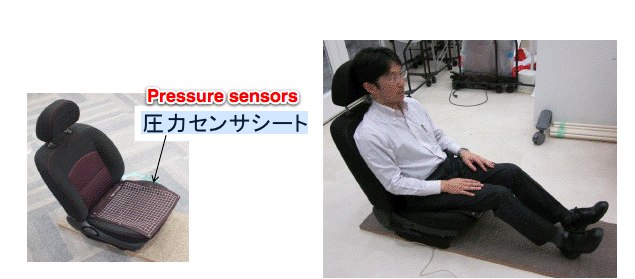A Car Seat That Authenticates the Driver With Butt Recognition
Biometric security is often focused on the more boring anatomical parts, like the pads of the fingers (ehhh) or the...

Biometric security is often focused on the more boring anatomical parts, like the pads of the fingers (ehhh) or the eyes (who cares). So little attention has been paid to the security possibilities of the butt. Well, not anymore: researchers at the Advanced Institute of Industrial Technology in Tokyo have come up with a car seat that measures the precise contours and pressures left by your posterior.
Apparently measuring buttprints, or rear-pressure (none of the terms I just used, or will use, have been approved or sanctioned by the researchers) is a pretty decent way to identify people. The seat is comprised of a system of 360 separate sensors, which measure pressure. Those sensors communicate with a laptop to put together a precise map of the seated person. The researchers say the seat can correctly identify people with 98% accuracy–not bad at all.
The team is hoping to work with Japanese car manufacturers to implement the system as an added security measure, possibly in as few as two or three years.